
Caddis Larva & Pupa Flies
Caddisfly larva and emerging pupa are literally all the buzz on the trout stream throughout much of late spring, summer and fall. Caddis pupa are great flies for searching for active fish on most rivers this time of year. Turn a few rocks over and match your fly to what you find. When you hit it right with the caddis pupa the trout are looking for, it can be lights out.
Read more
Caddisflies make up a massive portion of a trout’s diet—and most of that feeding happens below the surface. Caddis Larva & Pupa Flies are critical patterns for imitating the underwater stages of this prolific insect, especially in rivers where caddis species are abundant year-round. From slow-moving riffles to deep tailouts, trout instinctively key in on the vulnerable, drifting forms of caddis larvae and pupae.
Caddis Larva & Pupa Flies are designed to imitate these insects in both their free-living and case-building stages, as well as during their transition to adulthood. Larva patterns typically ride near the bottom, where real caddis cling to rocks and debris, while pupa flies are fished higher in the water column to match the natural emergence. Effective designs like the Beadhead Caddis Larva and Sparkle Pupa feature lifelike segmentation, subtle flash, and natural movement to trigger strikes from wary trout.
Whether dead-drifted as part of a tight-line nymph rig, floating under an indicator, or suspended under a dry fly, Caddis Larva & Pupa Flies are a go-to choice for consistent subsurface success. They’re especially productive in the hours leading up to an evening hatch, when trout begin to feed more actively on rising pupae. For anglers serious about matching the full life cycle of aquatic insects, these flies are indispensable—and often the key to unlocking pressured or selective fish.
-
 Caddis Larva - Bead Head - Bright Green
Caddis Larva - Bead Head - Bright Green
-
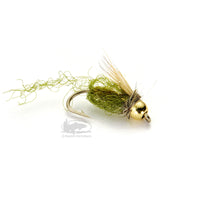 Caddis Sparkle Pupa - Bead Head - Olive
Caddis Sparkle Pupa - Bead Head - Olive
-
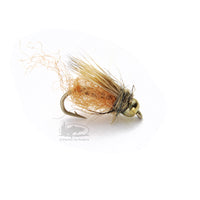 Caddis Sparkle Pupa - Bead Head - Tan
Caddis Sparkle Pupa - Bead Head - Tan
-
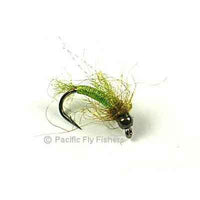 Deep Six Caddis Pupa - Chartreuse
Deep Six Caddis Pupa - Chartreuse
-
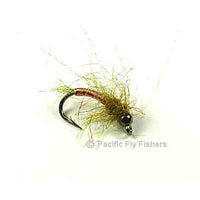 Deep Six Caddis Pupa - Copper
Deep Six Caddis Pupa - Copper
-
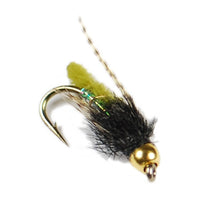 Fox's Caddis Poopah Beadhead
Fox's Caddis Poopah Beadhead
-
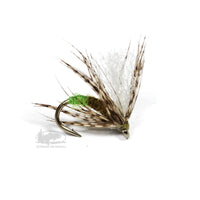 Galloup's Downed Caddis - Olive
Galloup's Downed Caddis - Olive
-
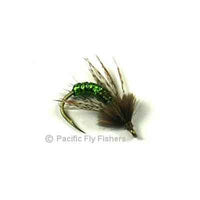 Graphic Caddis - Olive
Graphic Caddis - Olive
-
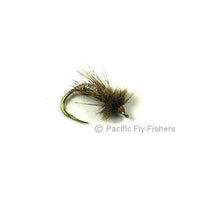 Graphic Caddis - Tan
Graphic Caddis - Tan
-
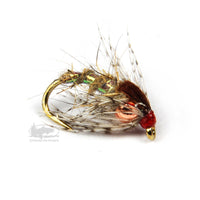 Holy Grail - Hare's Ear
Holy Grail - Hare's Ear
-
 Hotwire Caddis - Olive
Hotwire Caddis - Olive
-
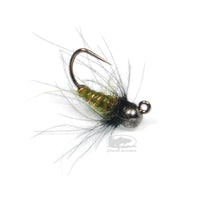 Jigged Caddis Pupa - Green
Jigged Caddis Pupa - Green
-
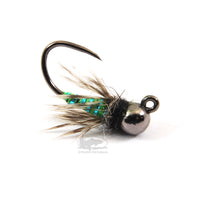 Jiggy Spring Caddis
Jiggy Spring Caddis
-
 Mason's Soft Hackle Biot Swimmer - Caddis Green
Mason's Soft Hackle Biot Swimmer - Caddis Green
-
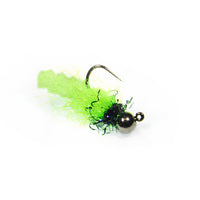 Mini Mopsicle Jig Chartreuse
Mini Mopsicle Jig Chartreuse
-
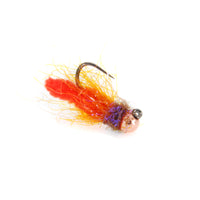 Mini Mopsicle Jig Orange
Mini Mopsicle Jig Orange
-
 Mop Fly - Chartreuse
Mop Fly - Chartreuse
-
 Mop Fly - Tan
Mop Fly - Tan
-
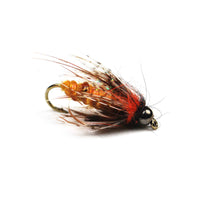 Morrish Deep October Caddis Pupa
Morrish Deep October Caddis Pupa
-
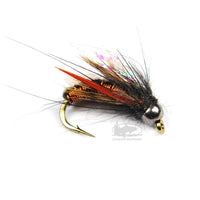 Morrish Hotwire Caddis - Amber
Morrish Hotwire Caddis - Amber
-
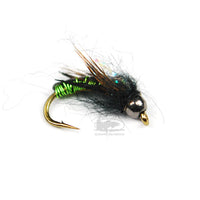 Morrish Hotwire Caddis - Chartreuse
Morrish Hotwire Caddis - Chartreuse
-
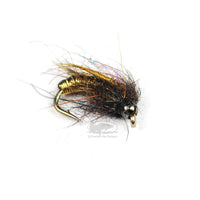 Morrish Hotwire Caddis - Tan
Morrish Hotwire Caddis - Tan
-
 Morrish Super Pupa - Amber
Morrish Super Pupa - Amber
-
 Morrish Super Pupa - Olive
Morrish Super Pupa - Olive
-
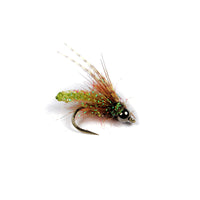 Nitro Caddis Pupa - Olive
Nitro Caddis Pupa - Olive
-
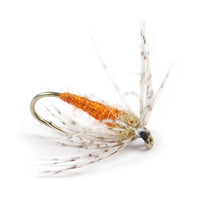 Orange Soft Hackle
Orange Soft Hackle
-
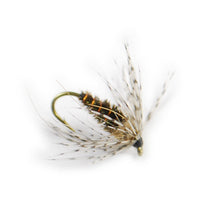 Partridge and Peacock Soft Hackle
Partridge and Peacock Soft Hackle
-
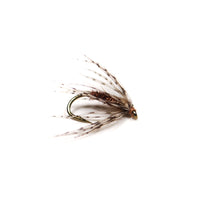 Partridge and Pheasant Soft Hackle
Partridge and Pheasant Soft Hackle




























